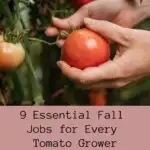
When those first cool days of autumn arrive, those of us with tomatoes still on the vine start watching the ten-day forecast a little closer. Time is running out, and the annual race to the first frost begins.
Will there be enough time for those beefsteaks to ripen on the vine? What will we do with all the green tomatoes still in the garden? When will we get that first frost?
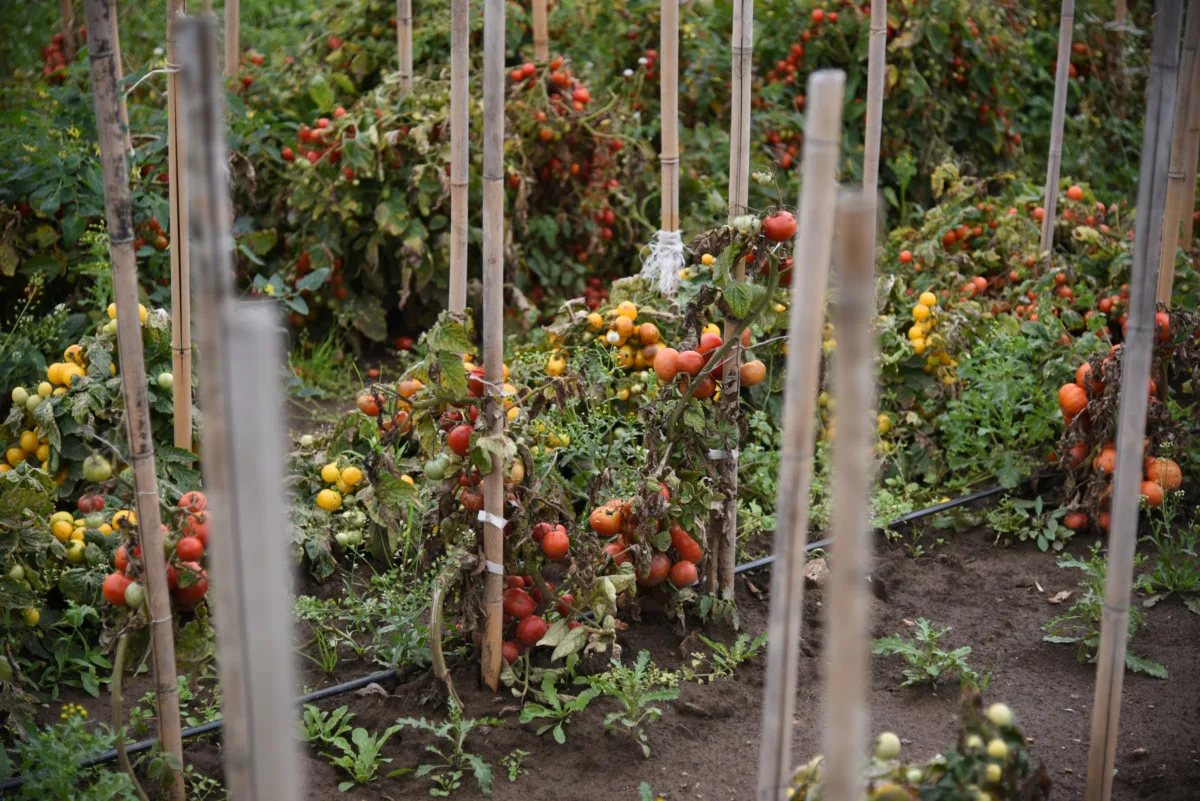
Grab the trowel and your gardening gloves, tomato grower; we’ve got some fall chores to do and a host of options concerning the fate of your tomatoes this year.
First things first, though.
1. How to Protect Your Tomatoes from Frost
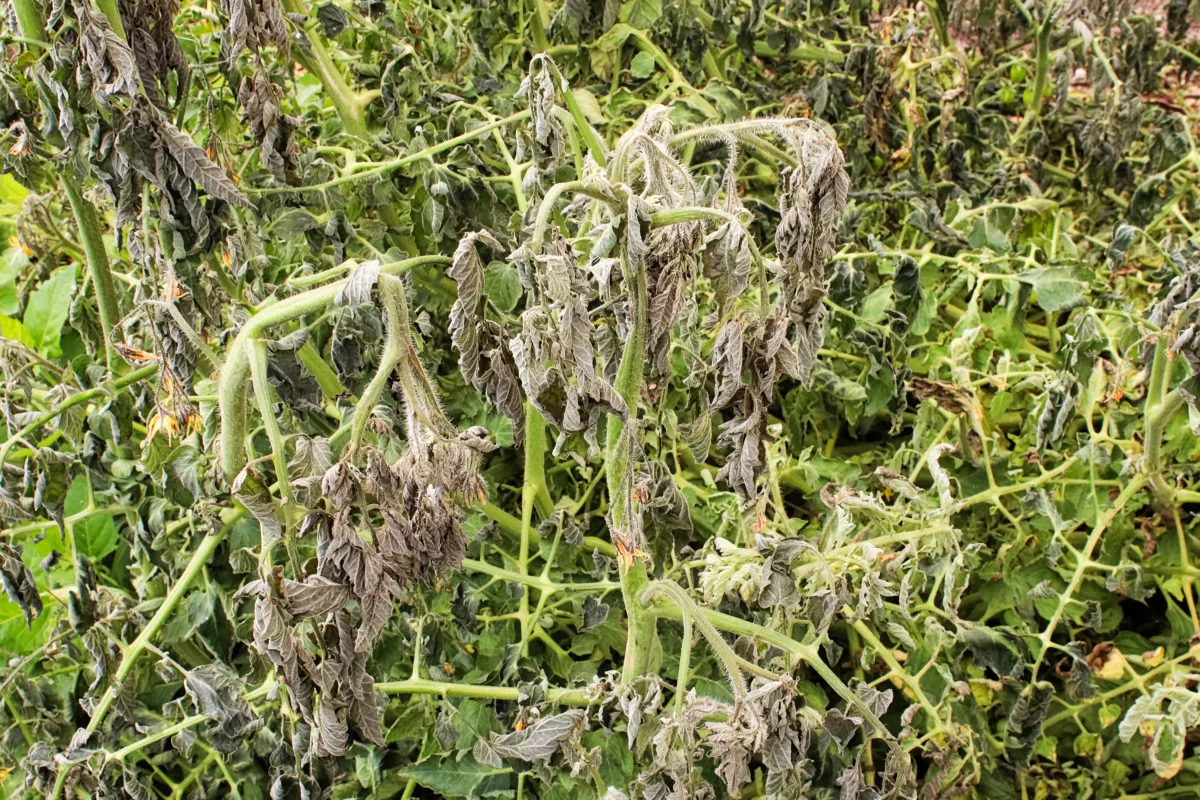
It’s always best to have a game plan ready before the weatherman calls for that first frost. How much produce you still have growing in the garden will determine how much effort you want to expend on protecting your plants.
You’ll want to cover your plants earlier in the evening before the dew falls. Usually, a few spare bed sheets will do, but depending on where you live, you may want something more substantial, such as a tarp or mylar emergency blanket. If you use some sort of plastic, an insulating fabric layer should be beneath it. Plastic touching your plants can still freeze plant cells. You could invest in frost cloth to help eke out those last few tomatoes.
Lucky for you, Lindsay has a plethora of methods for protecting tomatoes from frost, whether it’s the first frost of autumn or a late spring frost. Depending on the layout of your garden, you may need to employ more than one protection method.
The next question, of course, is what to do with unripe fruit still on the vine. Can you ripen up those tomatoes off the vine, or should they be picked green?
2. How to Ripen Tomatoes On and Off the Vine
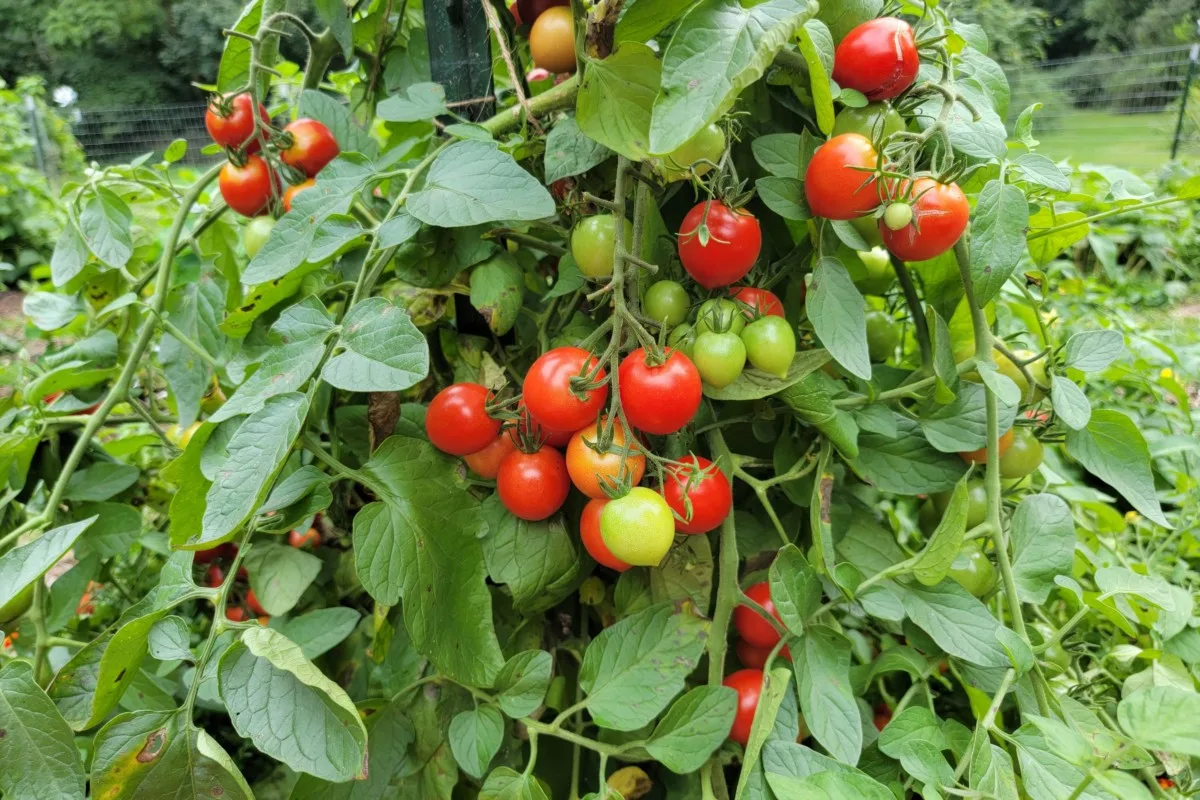
Heat is the biggest factor in ripening tomatoes, so naturally, as the weather cools, it takes longer for tomatoes to ripen. And as fall sets in, unless you intervene, there may be plenty of fruit left on your plants that won’t turn red.
Tomatoes will continue to ripen off the vine if you pick them when they are about ¾ ripe. So, if you’re faced with plummeting temperatures, your first move should be to pick as many almost-ripe tomatoes as possible and bring them indoors where it’s warm. Put them in a cardboard box, and they will ripen over a few days.
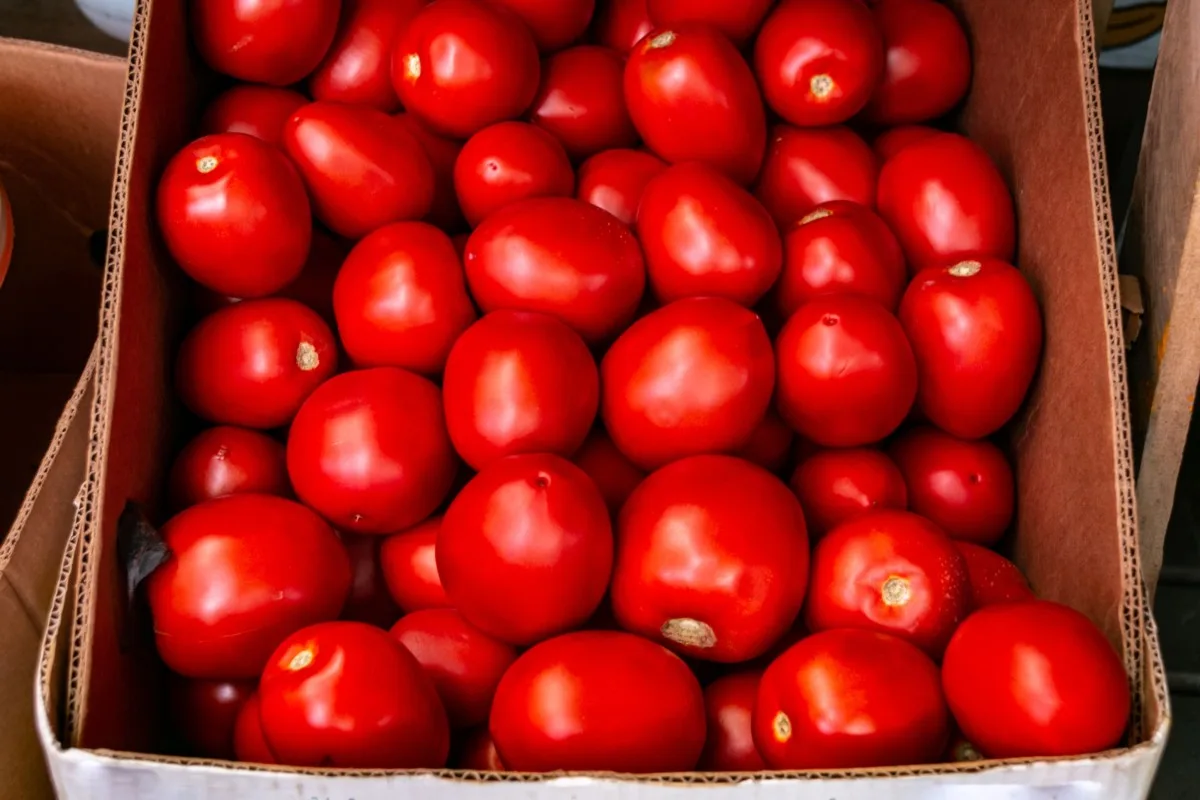
For tomatoes that can’t be picked yet, you may wish to continue growing them under polytunnels for the remainder of the season. There are even a few neat tricks for heating the polytunnels (or your greenhouse). Elizabeth knows all the tricks to ripen tomatoes faster, so you’ll want to give her article a read.
3. What to Do with All Those Green Tomatoes?
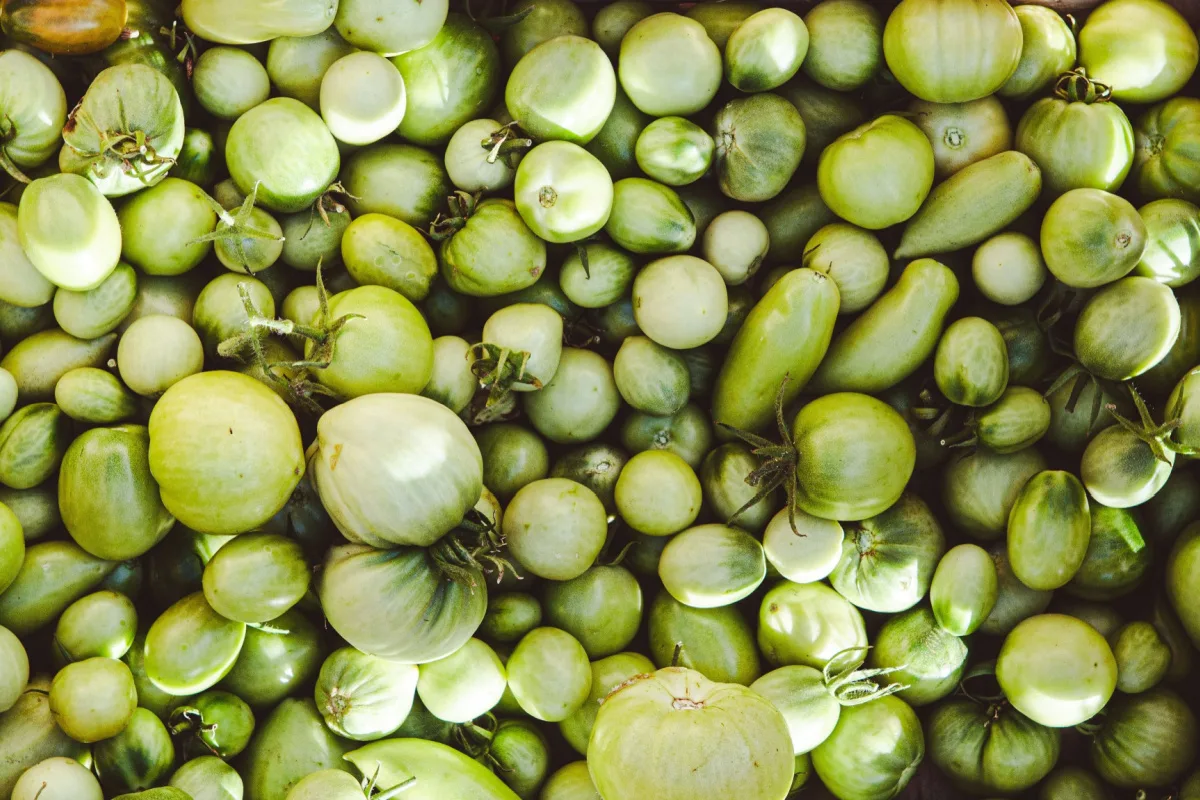
If you’ve picked as many tomatoes as you can, ripened the ones that can still be ripened, but you’re still left with a bumper crop of green tomatoes, don’t worry. Green tomatoes are often just as tasty or tastier than their red counterparts and should be considered a crop unto themselves.
We’ve got over 20 different ways to use green tomatoes. Of course, you have to start with Cheryl’s recipe for fried green tomatoes; this classic dish has changed the minds of many a green-tomato nay-sayer.

And a batch of her traditional green tomato relish will help to whittle down that supply of green tomatoes, too. If you want to make something quick that you can eat right away, then her quick pickled green tomatoes are definitely the ticket.
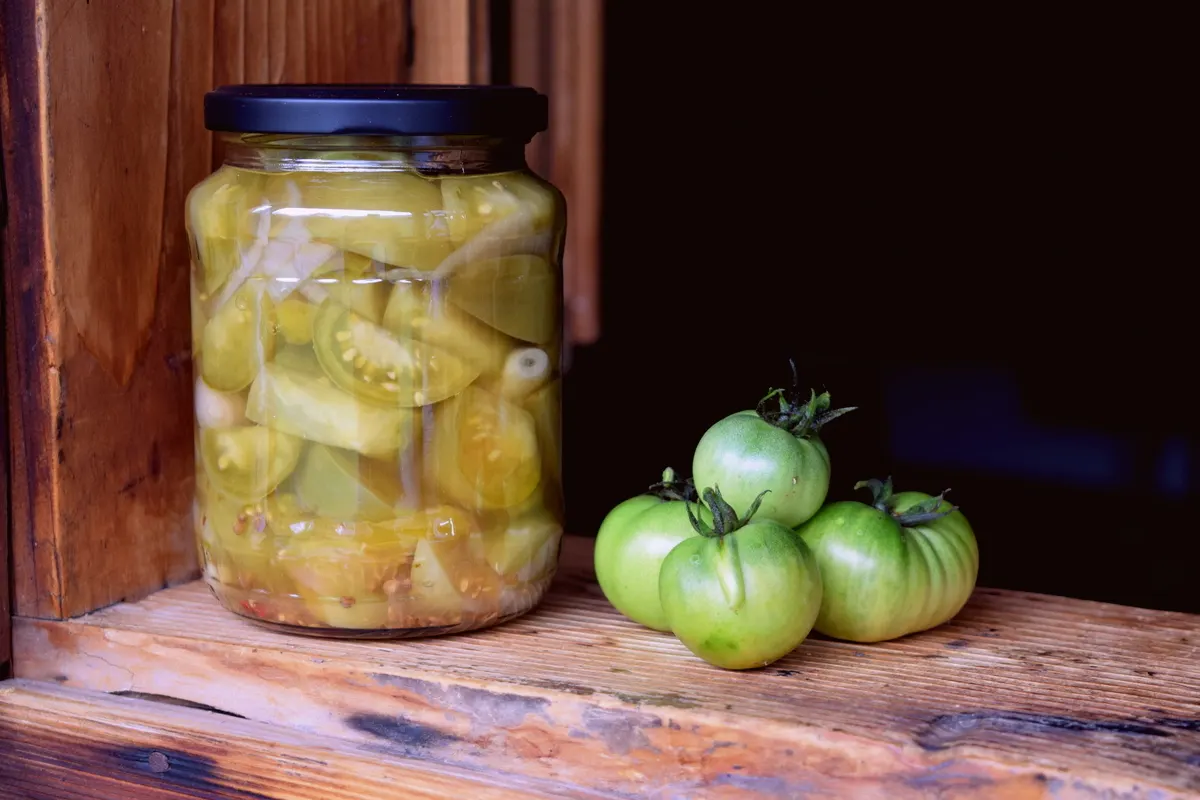
4. Extend the Growing Season
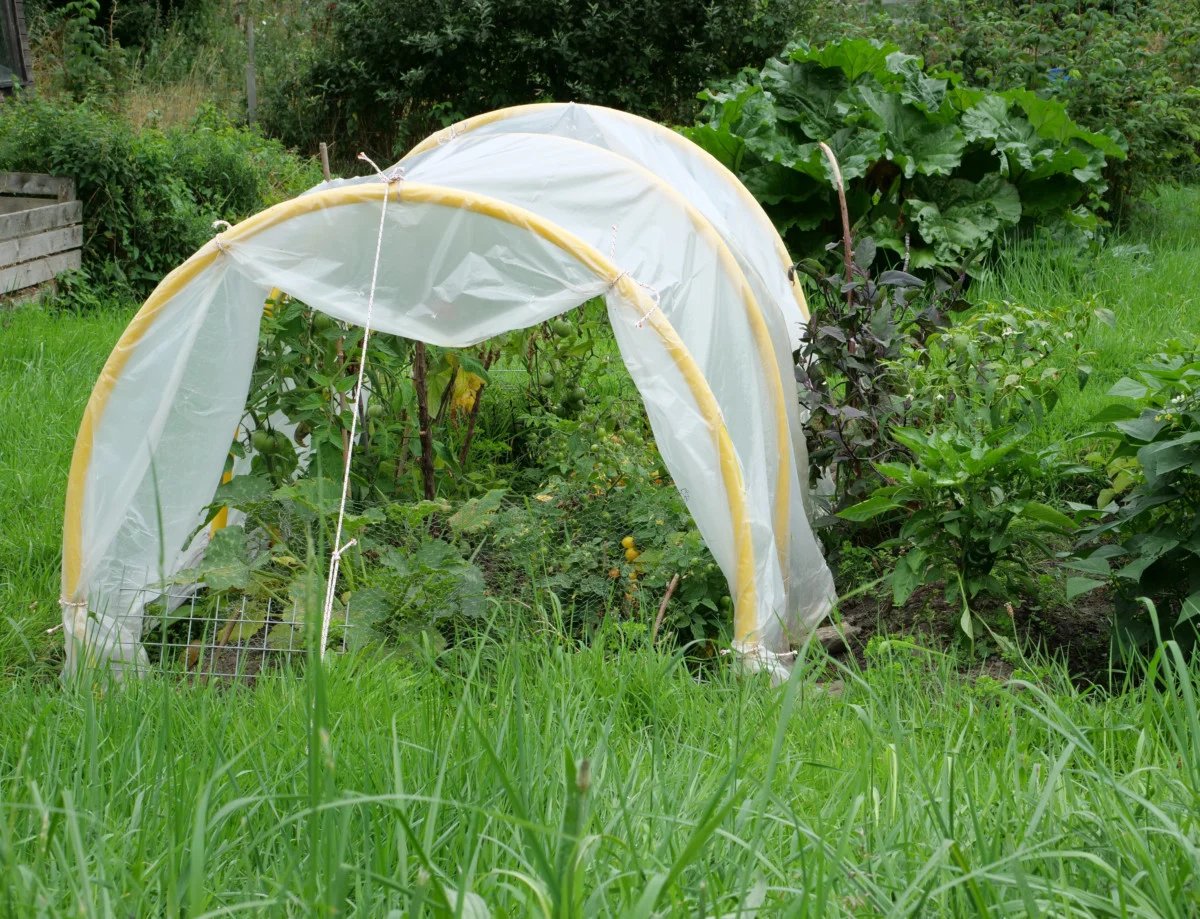
If you aren’t ready to throw in the towel yet, and you want to get the maximum yield from your tomatoes, there are things you can do to extend the growing season.
Of course, whether or not you planted determinate or indeterminate tomatoes also plays a big role in your final crop. With determinate tomatoes, you may not have a choice. Once their main crop is finished, they will produce a few extra tomatoes here and there, but that’s it; they’re done for the season.
Indeterminate tomatoes will keep growing and producing fruit as long as it’s warm enough. So how do you make it warm enough for them to keep growing? You’ve got options!
If you have a greenhouse, moving potted plants inside is a great way to keep them growing. If your plants are outdoors, you can install polytunnels to shield them from the weather. There are even a few ingenious ways to heat your polytunnels to boost the temperature inside them.
Elizabeth does her gardening in blustery Scotland, so she’s a real pro at extending the growing season on a dime.
5. Get a Jump on Next Year with a Clone
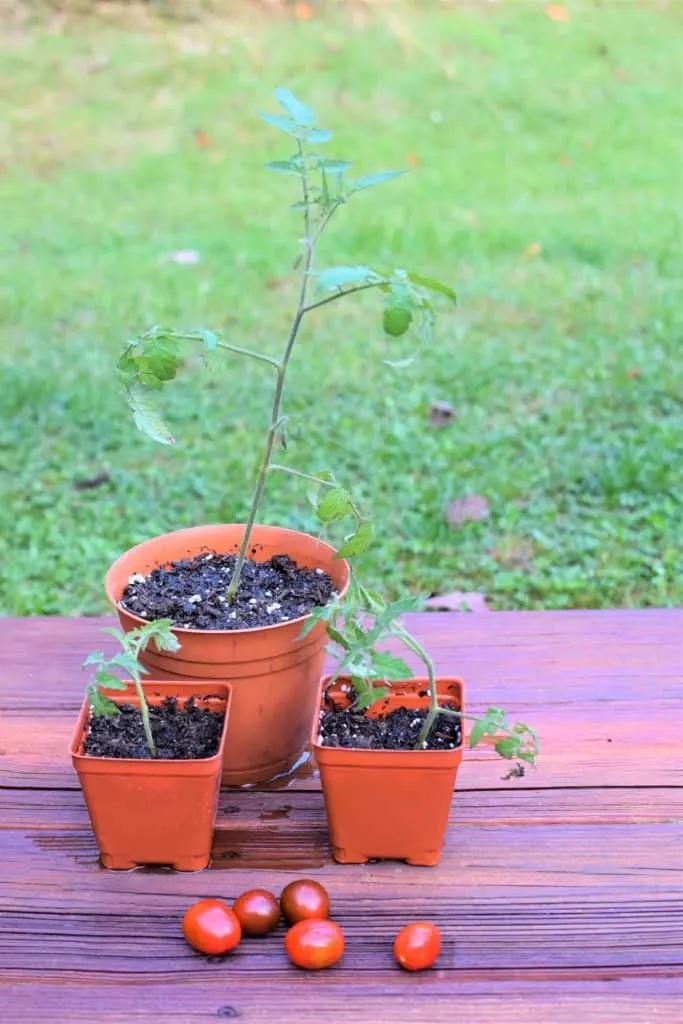
If you really want to make your neighbors lose their minds and get the ultimate jump on next year’s growing season, clone a few of your existing tomato plants. Cloning takes mere moments to do, and by the time spring rolls around, you’ll have a large, healthy plant that’s ready to produce tomatoes. All you have to do is plant it in the ground.
It is as simple as poking a stem in the dirt, but if you grab some sharp pruning shears, I’ll walk you through the easy process of cloning tomato plants.
6. Overwintering Tomatoes
Bring Them Inside
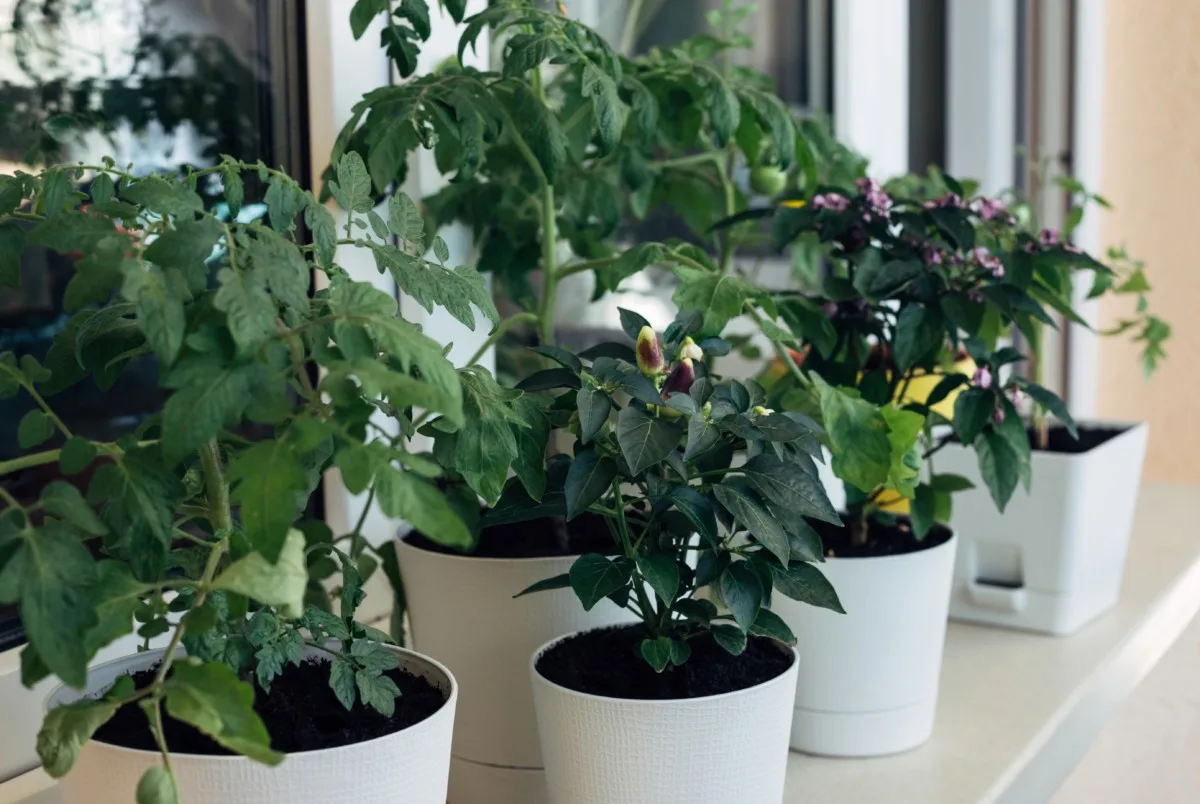
For the most serious tomato gardeners, you may even want to consider wintering over a few tomato plants. Believe it or not, tomatoes are perennials. Granted, most of the world has to grow them as annuals, but in their native habitats, tomatoes grow for many years.
If you want to try overwintering tomatoes, it’s best to only use plants free of pests and disease. Overwintering can be hard on the plant, so you want a healthy tomato plant to begin with. And depending on the method, you’ll want to begin the process about a month before your first expected frost.
It’s quite easy to do if you’re growing tomatoes in containers; simply bring them inside for the year. Don’t expect to see new blossoms or fruit while inside; our homes usually don’t get enough light for that in the winter. But being warm and sheltered from harsh winter weather will ensure you have a tomato plant ready to go back outside the following spring.
If the tomato plants you wish to overwinter are currently growing in your garden, you will need to transplant them first. Transplant shock is just as likely in this scenario as in spring.
For the best results, prune the tomato plant before transplanting it. Let the plant recover for about a week before digging it up and planting it in a large container. Make sure you retain as much of the rootball as possible. Remember, plants can’t sustain a large canopy without a large root system. This is why it’s important to prune back the tomato first. Once you’ve repotted your plant, bring it indoors and ensure it’s watered thoroughly until it bounces back.
Bare Root Tomatoes
If the thought of keeping a large tomato plant in your living room during the winter doesn’t appeal to you, there’s still one more option. You can prune the plant back hard, dig it up, and winter it over with bare roots. This method forces the tomato into dormancy.
Start by cutting the plant back to the main stem or stems, leaving them about a foot long. Then dig up the plant, or you can even pull it out of the ground. Knock as much dirt off of it as you can. You need to keep the roots moist and protected during the winter. You’ll need an old t-shirt and some sphagnum moss, shredded paper or coconut coir.
Lay the t-shirt flat. Then place several handfuls of paper, moss or coir in the center. Lay the tomato on the t-shirt, so the bare roots rest amid the protective material. Place more paper, moss or coir on top of the roots, creating a mass around them. Using a spray bottle, thoroughly dampen this mass before using the t-shirt to wrap everything into a ball at the base of the tomato plant. Moisten the t-shirt as well, then put the bundle into a plastic grocery before tying it around the base of the plant.
Store the prepared plants in paper bags in a dark place like a basement or garage. In the spring, plant the tomatoes after all danger of frost has passed.
7. Save Seeds
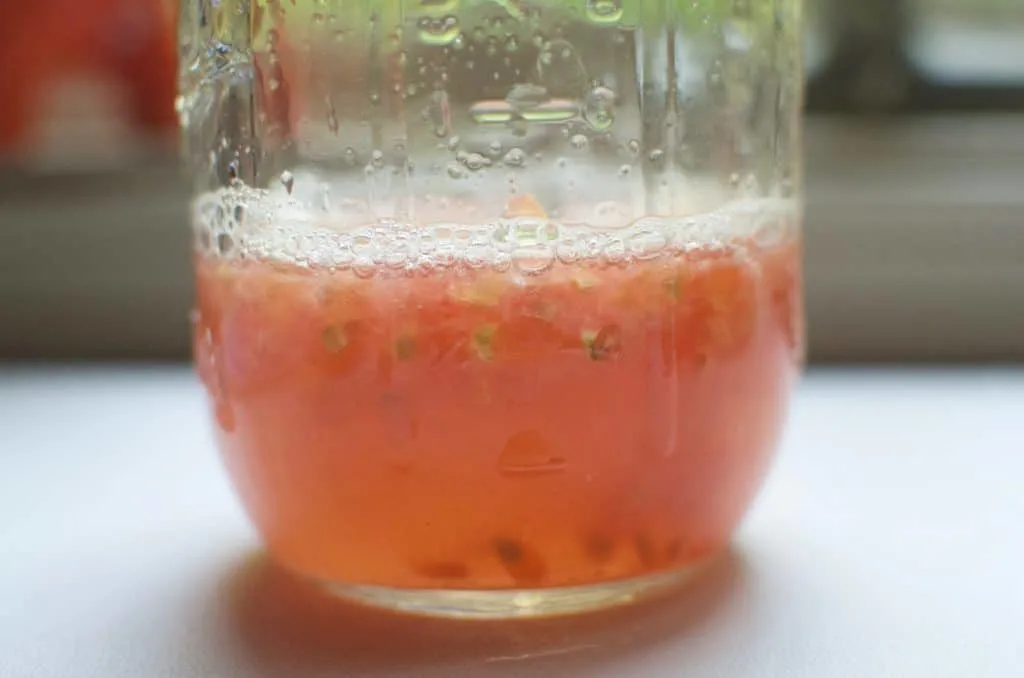
You’re probably a little tired of tomatoes at this point in the season, but it doesn’t hurt to think ahead to the next spring. Before that first frost hits, it’s a good idea to set aside a tomato or two to save the seeds.
If you grow hybrid tomatoes, it’s important to know that the seeds you collect won’t breed true to the parent plant. However, if you’re growing heirloom tomatoes, you can rest assured the tomato seeds you collect will grow the same tomato next year.
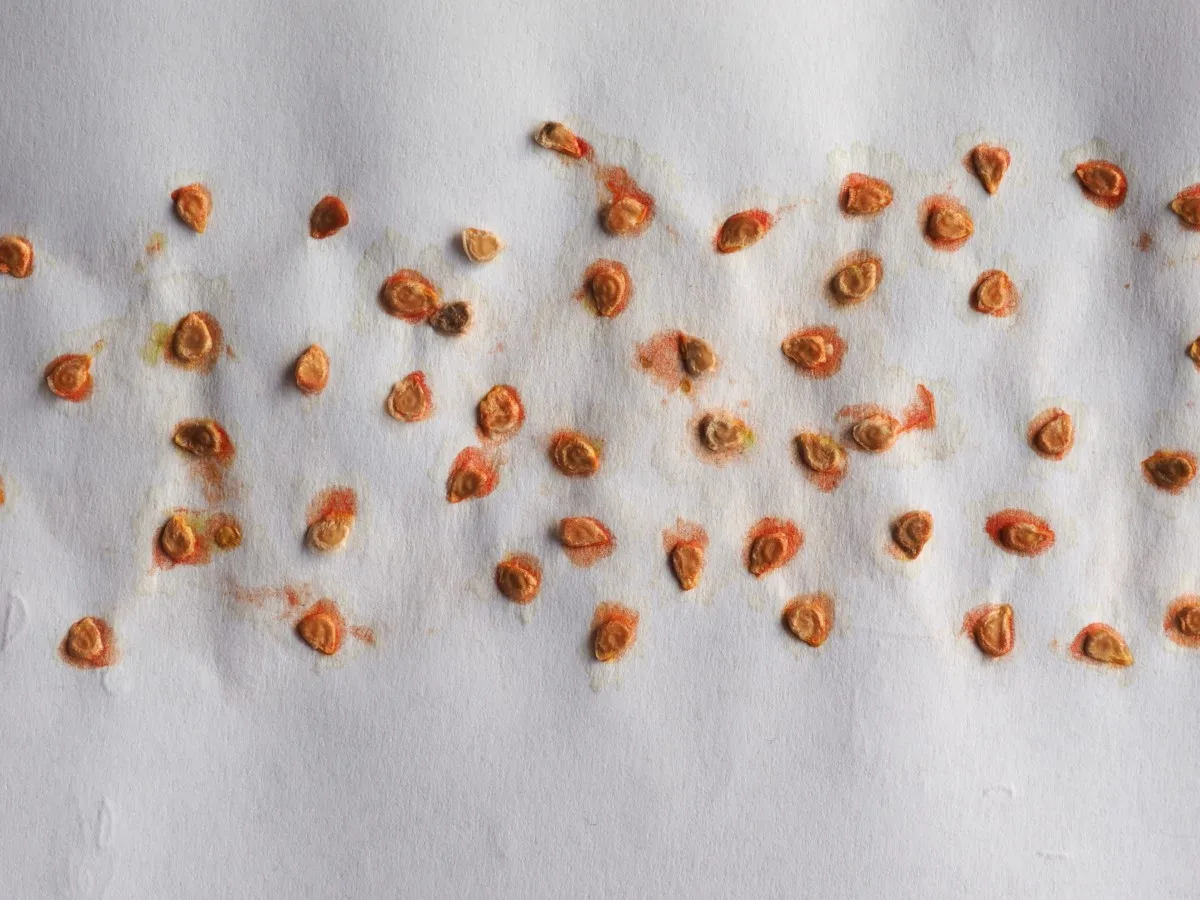
Saving seeds isn’t difficult, especially when it comes to tomatoes. But if you want the best results next year, you should consider fermenting your tomato seeds first. I know it sounds fussy, but it’s quite easy, and Meredith walks you through the entire process of fermenting and saving tomato seeds.
8. Rip ‘Em Up
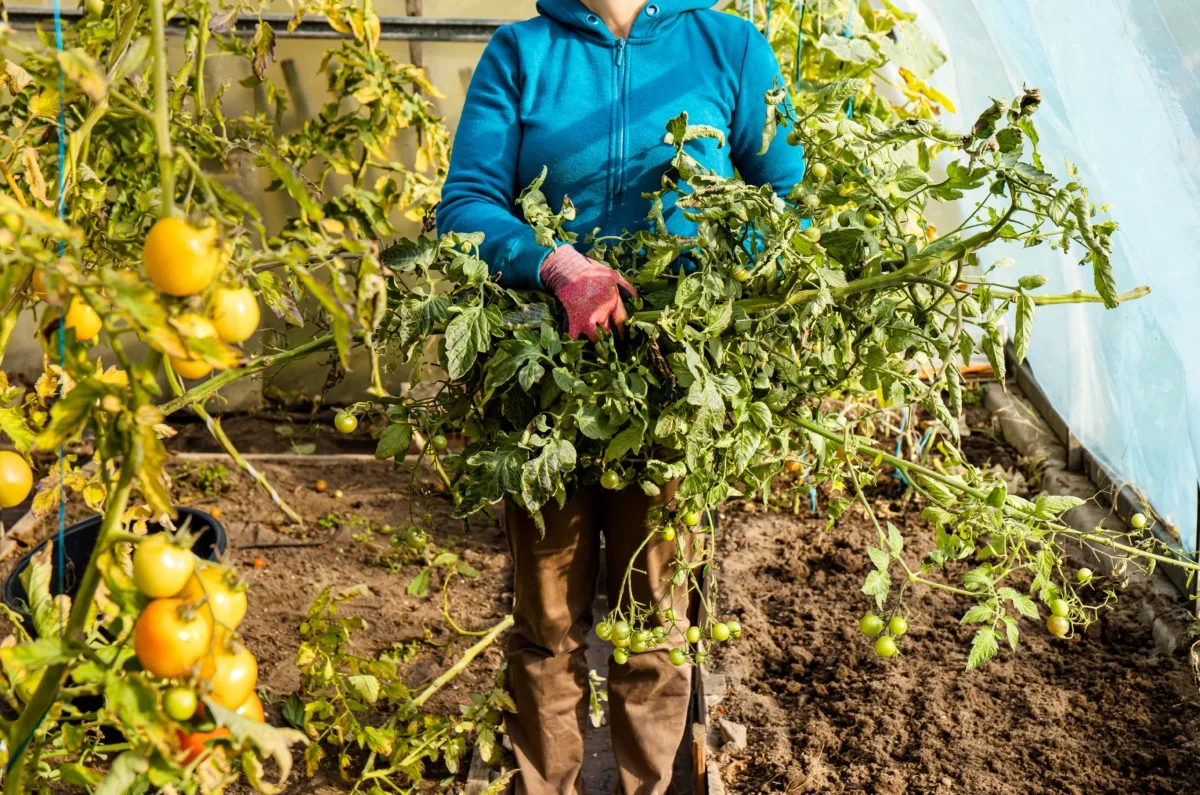
If you’re like me, your favorite fall tomato job each fall is ripping them out of the garden and pitching them on the compost pile with a hearty, “Good riddance!”
Tomatoes make us crazy. Each year, we’re so excited to harvest that first sun-ripened red fruit. We try new techniques year after year to get them in the ground quicker, producing faster and growing longer.
And by the time fall rolls around, these nightshades have overstayed their welcome.

I understand completely if you want to ignore this entire list and toss your tomato plants in the compost bin. Just be sure not to pitch diseased plants that can transfer harmful microbes to your compost. It’s best to burn diseased plants at the end of the season. Make sure you pull the plants up by the leaves and rake up any leaves and stems to add to the fire.
9. Crop Rotation
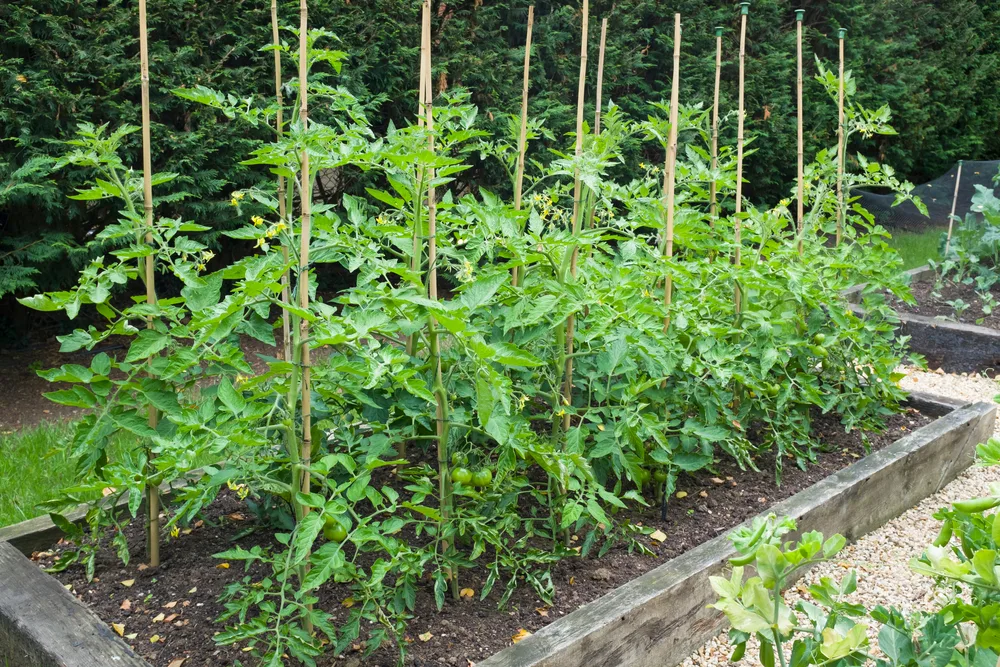
And don’t forget, now that you’ve grown tomatoes in that section of your garden, plan to grow root vegetables in that same area next year. Crop rotation is an important aspect of maintaining soil health over the years. Shifting where you plant certain crops means nutrients are replenished or used by different types of plants over the years creating balance.
If you’re unfamiliar with this agricultural practice, I suggest you let Cheryl walk you through the basics of crop rotation. It’s a great skill to add to your organic gardening practice.
Wrapping up your tomato plants for the season is all a matter of choice and a little planning. You can keep them growing for a bit longer, bring them inside or call it quits.
No matter what you decide, you’ll get bit by the tomato growing bug again next spring and be right back at it. Unfortunately, there’s no cure for us crazy tomato gardeners.

Get the famous Rural Sprout newsletter delivered to your inbox.
Including Sunday musings from our editor, Tracey, as well as “What’s Up Wednesday” our roundup of what’s in season and new article updates and alerts.


